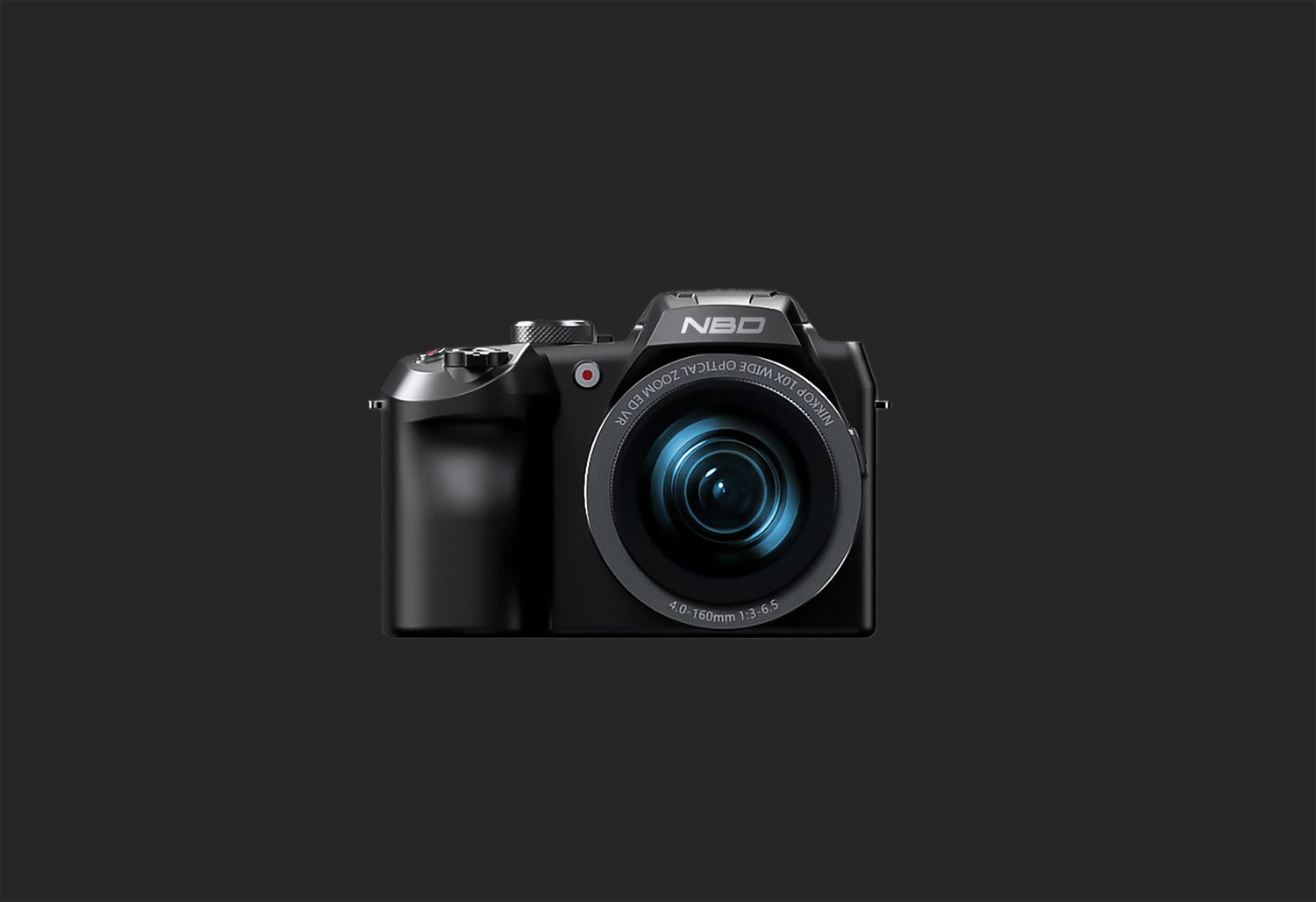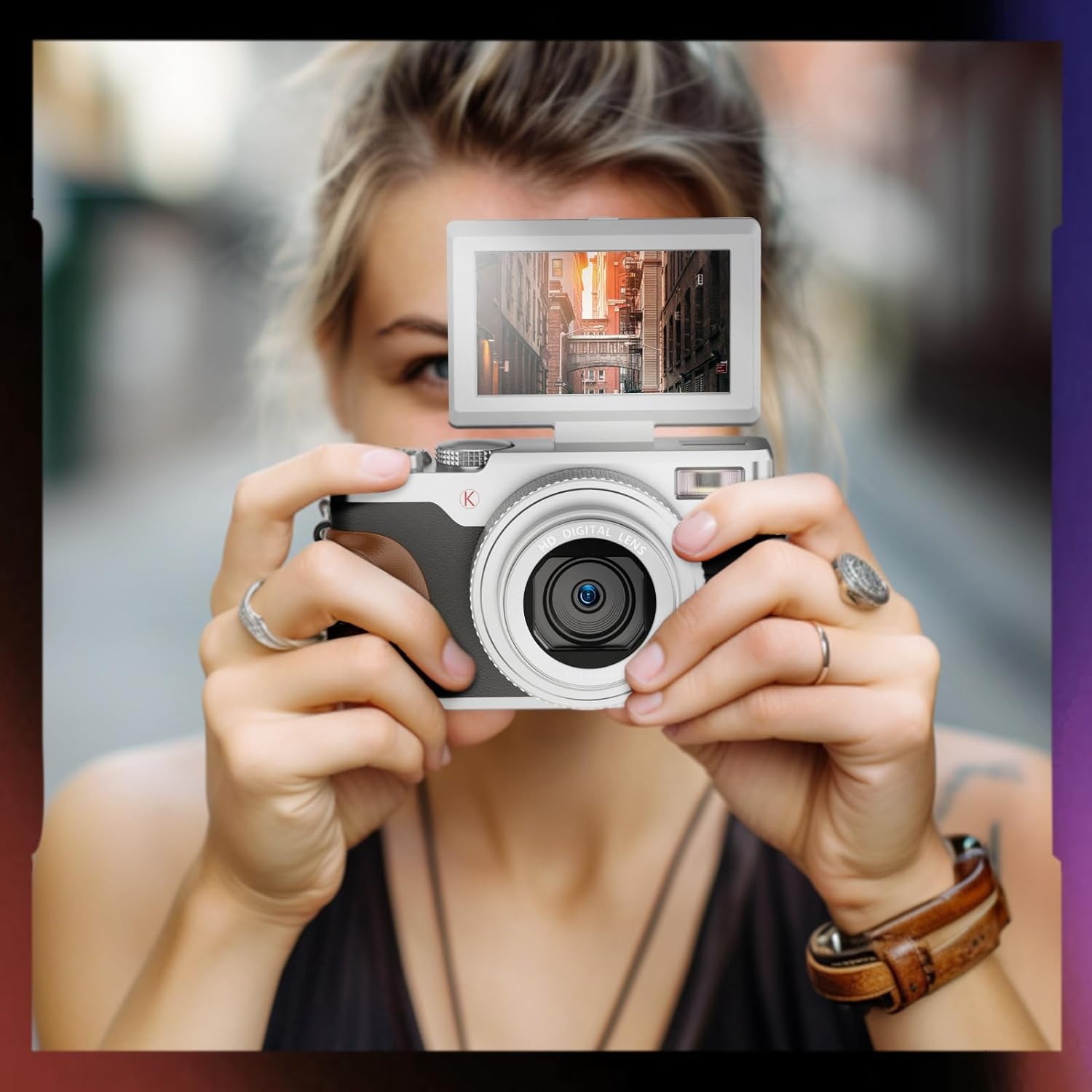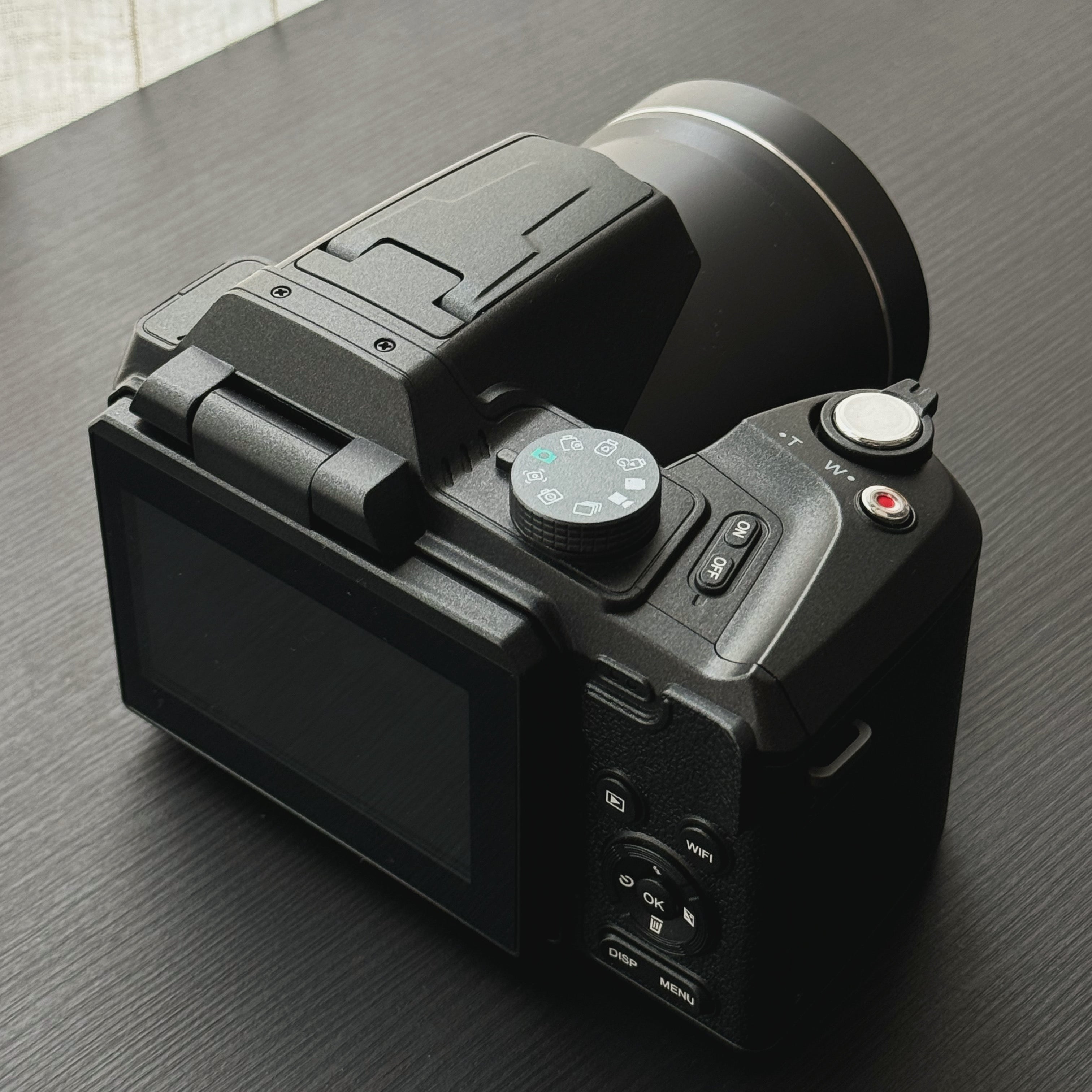For many photography beginners, the question often arises: how can one quickly improve their photography skills? Drawing from my own experience, I'd like to share five key tips to help newcomers get started and enjoy the art of photography more swiftly. Let's dive in!

1. Get to Know Your Camera - Just a Few Key Functions Will Do!
As a beginner, you don't need to know every single function of your camera. Apart from the basic settings like aperture, shutter speed, ISO, and white balance, focus on understanding and mastering the following key buttons:
-
Aperture Priority (A/Av Mode) and Manual Mode (M Mode) Most of the time, you can use Aperture Priority to shoot, while Manual Mode is typically used for night landscapes. It's crucial to know how to set the aperture, shutter speed, and ISO in these modes.
-
Exposure Compensation Button (+/- EV) In semi-automatic modes (like A/Av Mode), this button allows you to make the photo brighter or darker, which is particularly useful in backlit situations.
-
Metering Mode Button While you don't need to switch metering modes frequently, you should use spot metering in high contrast environments (like concerts).
-
Flash Output Settings Learn how to adjust the output of the built-in flash, as you might need to reduce the flash output when using it for portrait fill lighting.

2. Utilize 5 Simple Composition Techniques
You don't need to master all composition techniques at once. Start with these five methods to create captivating photos:
-
Golden Ratio This classic and most commonly used composition technique is known by all photographers.
-
Use of Contrast Contrast can be in terms of color, size, distance, meaning, etc. Utilizing contrast can add depth and a story to your photos.
-
Finding Foreground Adding a foreground element can make the picture more rich and engaging.
-
Fill the Frame Get close enough to your subject to fill the entire frame, focusing the viewer's attention and highlighting the subject.
-
Use Leading Lines Leading lines guide the viewer’s eye through the photo. These lines don't have to be actual lines; they can be shapes that perform a guiding function.

3. Make Good Use of a Tripod
As a beginner, allocate some budget for a lightweight yet sturdy tripod. Although it might be somewhat expensive, a high-quality tripod is the most worthwhile accessory investment after lenses. It allows you to explore long exposure photography, capturing sunrises, sunsets, star trails, car trails, and nightscapes. A good tripod can last you over 10 years without needing replacement. Think about it – isn’t it worth it?
4. Don’t Be Afraid to Use the Flash
Flashes can seem challenging to control for beginners, but they are essential, especially for portrait fill lighting. Here are two tips to make your photos look much better:
-
Using the Built-in Flash
- Reduce Output: When traveling, reduce the built-in flash output to avoid overpowering the subject.
- Avoid Lens Shadows: Be cautious of lens shadows appearing at the bottom of the photo when using a wide-angle lens; zoom out slightly to improve this.
-
Using an External Flash
- Bounce Flash: Use bounce flash to soften the light.
- Color Gels: Attach color gels to match the ambient light, ensuring the overall photo color is natural and not making the subject too white with a yellow/blue background.
- Off-Camera Flash: Hold the flash off-camera to add depth and a professional touch. You’ll need a flash cord or wireless trigger for this.

5. Think Before You Shoot
A common pitfall for beginners is to rush into taking photos as soon as they get a new camera. Before pressing the shutter, ask yourself the following questions in this order:
- What do I want to express in this photo? What elements of the scene are interesting?
- How can I use composition, angles, foreground/background, colors, etc., to express this?
- How should I adjust the camera settings to achieve the best effect? Consider aperture, shutter speed, ISO, and white balance.
By answering these questions before shooting, you’ll ensure every photo you take is remarkable. Remember, quality over quantity – be patient and thoughtful in your photography!
By following these tips, you’ll find yourself enjoying photography more and capturing stunning images in no time. Happy shooting!



Leave a comment
All comments are moderated before being published.
This site is protected by hCaptcha and the hCaptcha Privacy Policy and Terms of Service apply.